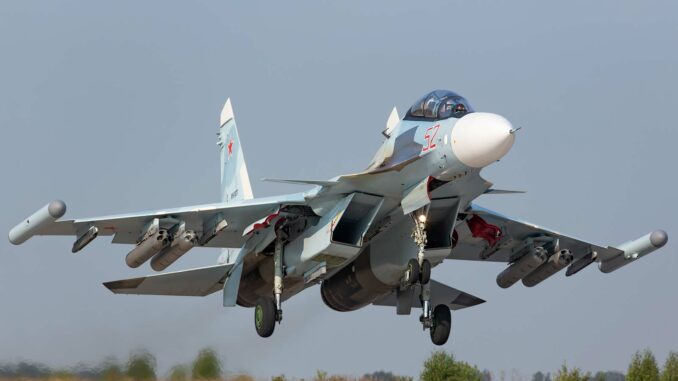
In-depth analysis of interceptor aircraft, their strategic and technical missions, and examples of notable intercepts by the world’s major powers.
An interceptor aircraft is a type of combat aircraft designed primarily to intercept and destroy enemy aircraft, particularly those carrying out air attacks. Its main mission is to ensure airspace security by responding rapidly to imminent air threats. These aircraft are generally characterized by high speed, agility in flight, advanced radar and detection systems, and the ability to be armed with air-to-air missiles and other munitions. Their role is crucial to a nation’s air defense, as they are the first line of defense against enemy air incursions.
The history of interceptor aircraft dates back to the First World War, although the concept as we know it today took shape during the Second World War. Originally, these aircraft were fighters used to engage enemy aircraft, mainly bombers. With the advent of jets at the end of the Second World War and during the Cold War, interceptor aircraft evolved to become faster, capable of reaching high altitudes and equipped with sophisticated radar to detect the enemy at great distances.
Over the years, these aircraft have incorporated increasingly advanced technologies, notably in terms of engines, avionics systems, radars and weapons. This evolution was partly a response to parallel developments in bomber and reconnaissance aircraft, which became faster, flew higher and were better armed. During the Cold War, particular emphasis was placed on speed and altitude to intercept long-range bombers and spy planes. Aircraft such as the Soviet MiG-25 and the American F-106 are emblematic examples.
In the modern era, interceptor aircraft continue to be an essential component of air forces, although their role and characteristics have evolved to adapt to new threats and technologies, such as drones and cruise missiles. These aircraft are no longer just air defense tools, but multi-role platforms capable of carrying out a variety of missions, including air-to-air combat, close air support and surveillance.
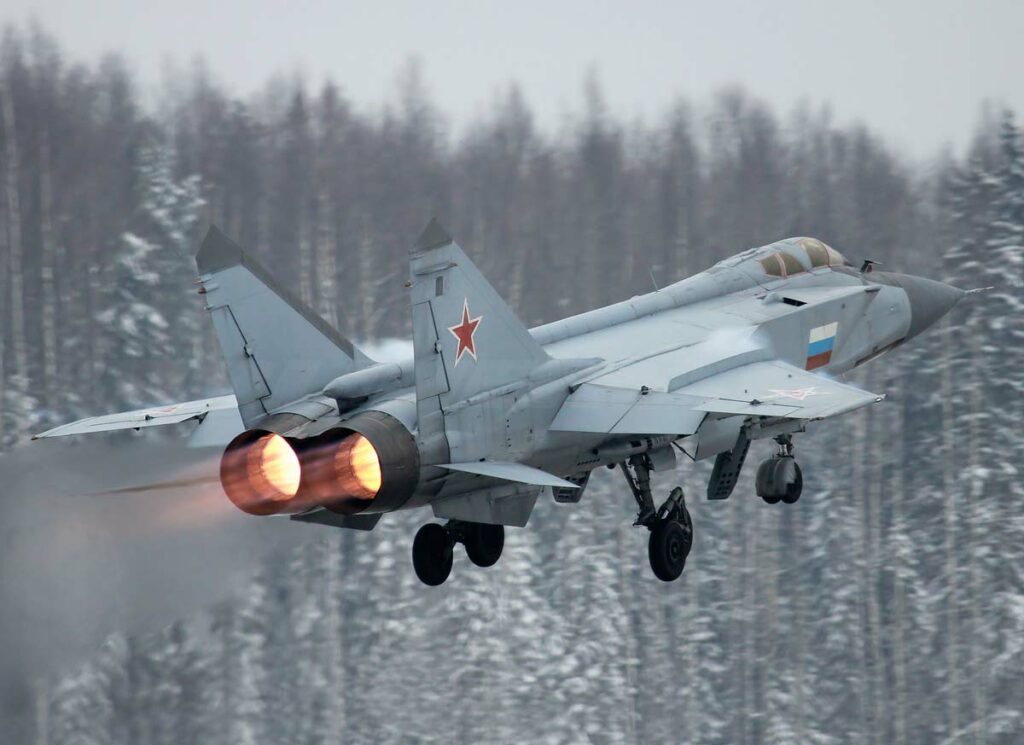
Interceptor aircraft missions
Interception of hostile aircraft
The primary mission of interceptor aircraft is to identify, intercept and neutralize hostile aircraft, particularly enemy bombers and reconnaissance aircraft. In a combat scenario, these aircraft are deployed to respond rapidly to air incursions, with the aim of protecting sensitive areas and preventing the enemy from achieving its objectives. Their sophisticated radar systems, coupled with high speed and maneuverability, enable them to approach and engage enemy targets effectively, often before they can reach their target or area of operation.
Protecting national airspace
Interceptor aircraft play a key role in protecting national airspace. They are often on alert to respond to any violation of airspace by unauthorized or hostile aircraft. This air defense function is crucial to maintaining national sovereignty and protecting infrastructure and populations from air attack. Interceptor aircraft can be deployed to escort unidentified aircraft out of secure airspace, or to take action if an aircraft is deemed hostile.
Aerial surveillance and reconnaissance
In addition to their offensive role, interceptor aircraft are also used for surveillance and reconnaissance missions. Thanks to their advanced sensors and ability to cover great distances at high speed, they can carry out reconnaissance missions over areas of interest, providing vital information on enemy activities. This surveillance capability is essential for the preparation and planning of military operations, as well as for tactical intelligence.
Secondary roles (e.g. bomber escort)
In addition to their primary missions, interceptor aircraft can also be used in secondary roles. For example, they can escort bombers or other aircraft on missions in hostile territory. By providing cover and protection against enemy aircraft, they guarantee the safety and efficiency of bombing missions. In addition, they can be called upon to support other air operations, such as joint exercises, rescue missions and special operations, where their speed and firepower can be major assets.
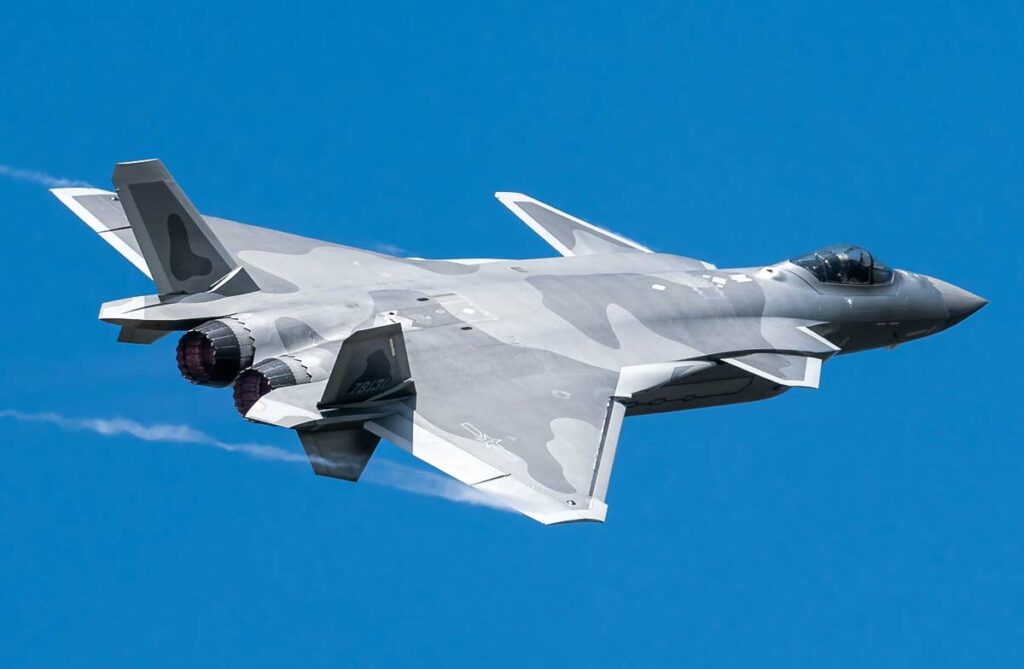
Requirements for Interceptor Aircraft
Speed and agility
Speed is one of the most crucial characteristics of an interceptor aircraft. To effectively intercept enemy aircraft, particularly high-speed bombers or stealth aircraft, these aircraft must be able to reach and maintain supersonic speeds. In addition to speed, agility is also essential. Good maneuverability enables interceptor aircraft to engage in complex air-to-air combat, perform defensive maneuvers against enemy fire, and position themselves advantageously in relation to the adversary.
Autonomy and operational range
Autonomy and operational range are important for interception missions, particularly for monitoring and protecting large areas of airspace. High autonomy enables these aircraft to remain in the air for long periods without frequent refuelling, which is crucial for maintaining continuous airspace coverage. Operational range, on the other hand, determines the distance an aircraft can travel from its base to accomplish its mission.
Detection capability (radar and sensors)
Radar systems and advanced sensors are vital for interception missions. Modern radars, especially active antenna radars (AESA), offer superior detection, extended range and the ability to track multiple targets simultaneously. Sensors play a crucial role in target identification and classification, as well as in navigation and threat avoidance. They must be able to operate in a variety of environmental conditions, and provide a clear picture of the air situation.
Weapons and combat capabilities
An interceptor aircraft must be adequately armed to neutralize airborne threats. This typically includes short- and long-range air-to-air missiles, capable of shooting down targets at various distances. Short-range weapons are used for close air-to-air combat, while long-range missiles can engage targets before they enter protected airspace. In addition to missiles, some interceptor aircraft can be fitted with guns for close-air combat. The combination of powerful weaponry and sophisticated combat electronics is essential for air superiority in interception missions.

Examples of interceptor aircraft
United States
F-22 Raptor: The F-22 Raptor is one of the world’s most advanced interceptor aircraft. Designed for air superiority, it features stealth capabilities, supersonic top speed without afterburner (supercruise) and state-of-the-art AESA radar. The Raptor is armed with AIM-120 AMRAAM and AIM-9 Sidewinder air-to-air missiles, making it formidable in aerial combat.
F-15 Eagle: The F-15 Eagle is an extremely successful and versatile interceptor aircraft, renowned for its speed, maneuverability and impressive combat record. It is equipped with powerful radar and can carry a wide variety of air-to-air missiles, enabling it to dominate the skies for decades.
France
Dassault Mirage 2000: The Mirage 2000 is a multi-role fighter, renowned for its speed, flexibility and interception capabilities. It can be fitted with MICA and Magic air-to-air missiles for air-to-air combat. Its aerodynamic design and powerful engine make it effective for interception missions.
Rafale: The Dassault Rafale is a modern, multi-purpose fighter, capable of effective interception missions. It is equipped with an advanced AESA radar and can carry Meteor air-to-air missiles, as well as MICAs, giving it long-range engagement capability.
Russia
MiG-31 Foxhound: The MiG-31 is a high-speed interceptor designed to intercept and destroy targets at high altitudes and speeds. It has one of the most powerful radars mounted on a combat aircraft and can carry long-range air-to-air missiles such as the R-33.
Su-27 Flanker: The Su-27 is an agile, powerful fighter designed to win air superiority. It has excellent radar and can carry a variety of air-to-air missiles, making it effective for interception and air-to-air combat missions.
China
Chengdu J-20: The J-20 is China’s first stealth fighter, designed for air superiority and interception missions. It combines stealth and agility, and is equipped with advanced sensors and long-range air-to-air missiles.
Shenyang J-11: The J-11, a Chinese variant of the Russian Su-27, is a long-range fighter used for interception missions. It is capable of operating in vast areas, intercepting enemy targets with formidable efficiency thanks to its arsenal of air-to-air missiles.
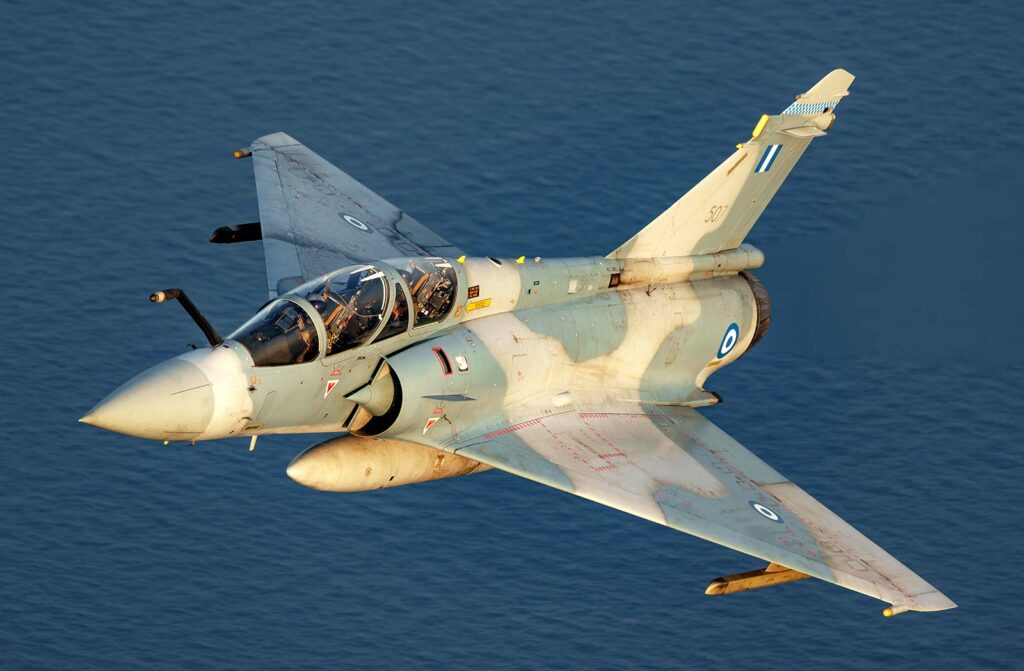
Historical and recent examples of air-to-air interception
Interception of Korean Air Lines flight 007 by the USSR in 1983
One of the most dramatic and tragic air interception incidents in modern history occurred in 1983, when Korean Air Lines Flight 007, a civilian Boeing 747, was shot down by a Soviet Su-15 fighter jet after deviating from its planned trajectory and entering Soviet airspace. The incident resulted in the death of all 269 passengers and crew on board, and exacerbated Cold War tensions between East and West.
Regular NATO intercepts of Russian aircraft near European airspace
NATO aircraft regularly intercept Russian military aircraft near European airspace. These intercepts are usually carried out to identify Russian aircraft that are not transmitting transponder codes or communicating with air traffic controllers, thus representing a potential risk to air safety. These intercepts are often carried out by fighter jets from NATO member countries, such as British Typhoons or Belgian F-16s.
US intercepts of Chinese military aircraft in the South China Sea
The United States frequently intercepts Chinese military aircraft in the South China Sea. These operations are generally carried out to counter China’s aggressive territorial claims and to ensure freedom of navigation in this strategically important region. American aircraft involved in these interceptions include fighter jets such as the F-22 Raptor and the F-15 Eagle.
French interception of Russian Tupolev Tu-160 bombers
The French Air Force has on several occasions intercepted Russian Tupolev Tu-160 strategic bombers flying close to European airspace. These interception missions are often carried out to prevent any potential intrusion into sovereign airspace, and to demonstrate the vigilance and responsiveness of the French armed forces. The French aircraft used for these interceptions generally include Mirage 2000 or Rafale fighters.
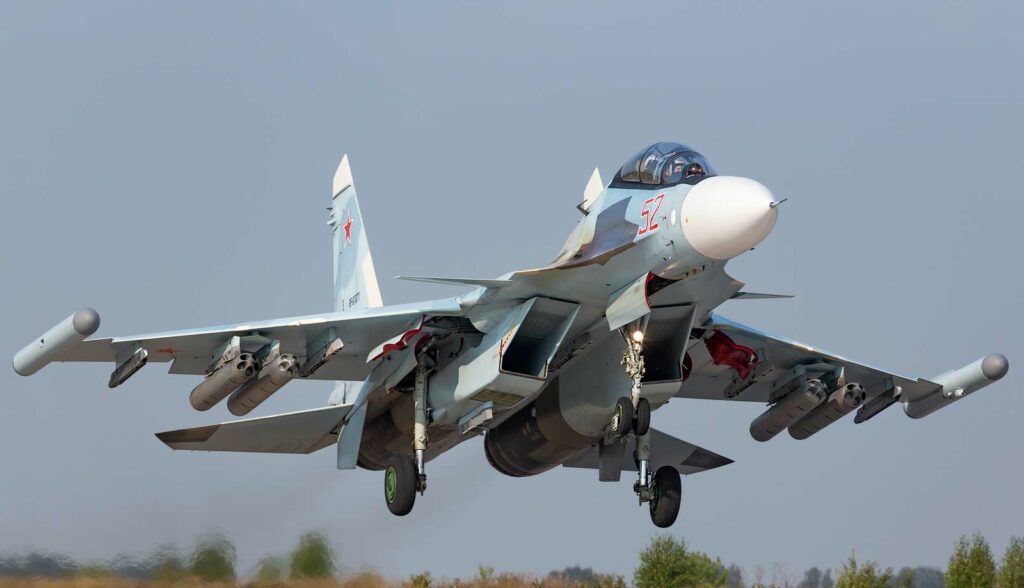
Analysis of Air Intercepts
Tactics used during interceptions
Aerial intercepts are carried out according to well-defined protocols to avoid unintended conflict or escalation. These tactics include visual identification of the intercepted aircraft, radio communication and transmission of standardized messages. Fighter interceptors generally approach the suspect aircraft from behind and from a safe distance. They may use visual signals, such as tilting the wings or firing flares, to attract the intercepted pilot’s attention. If an aircraft is considered a direct threat, more drastic measures, such as the use of force, may be considered, although this is extremely rare and subject to strict rules of engagement.
Strategic and diplomatic importance of interception
Aerial intercepts are not just defensive measures; they are also of great strategic and diplomatic importance. They demonstrate a country’s ability to monitor and defend its airspace, and can act as a deterrent against potential intrusions. Diplomatically, they signal a nation’s vigilance and determination to protect its sovereignty. Intercepts can also be used as a political tool to show strength or to protest against the actions of another country, often in a context of geopolitical tension.
Impact of intercepts on international relations
Aerial intercepts can have a significant impact on international relations. They can aggravate tensions between countries, particularly if they are perceived as provocative or unjustified. For example, the incident involving Korean Air Lines flight 007 intensified Cold War tensions between the USA and the USSR. Conversely, the careful and professional management of intercepts can help maintain peace and stability, avoiding misunderstandings and military escalation. Intercepts also serve to strengthen alliances, such as those within NATO, where member countries cooperate to monitor and protect shared airspace.
War Wings Daily is an independant magazine.